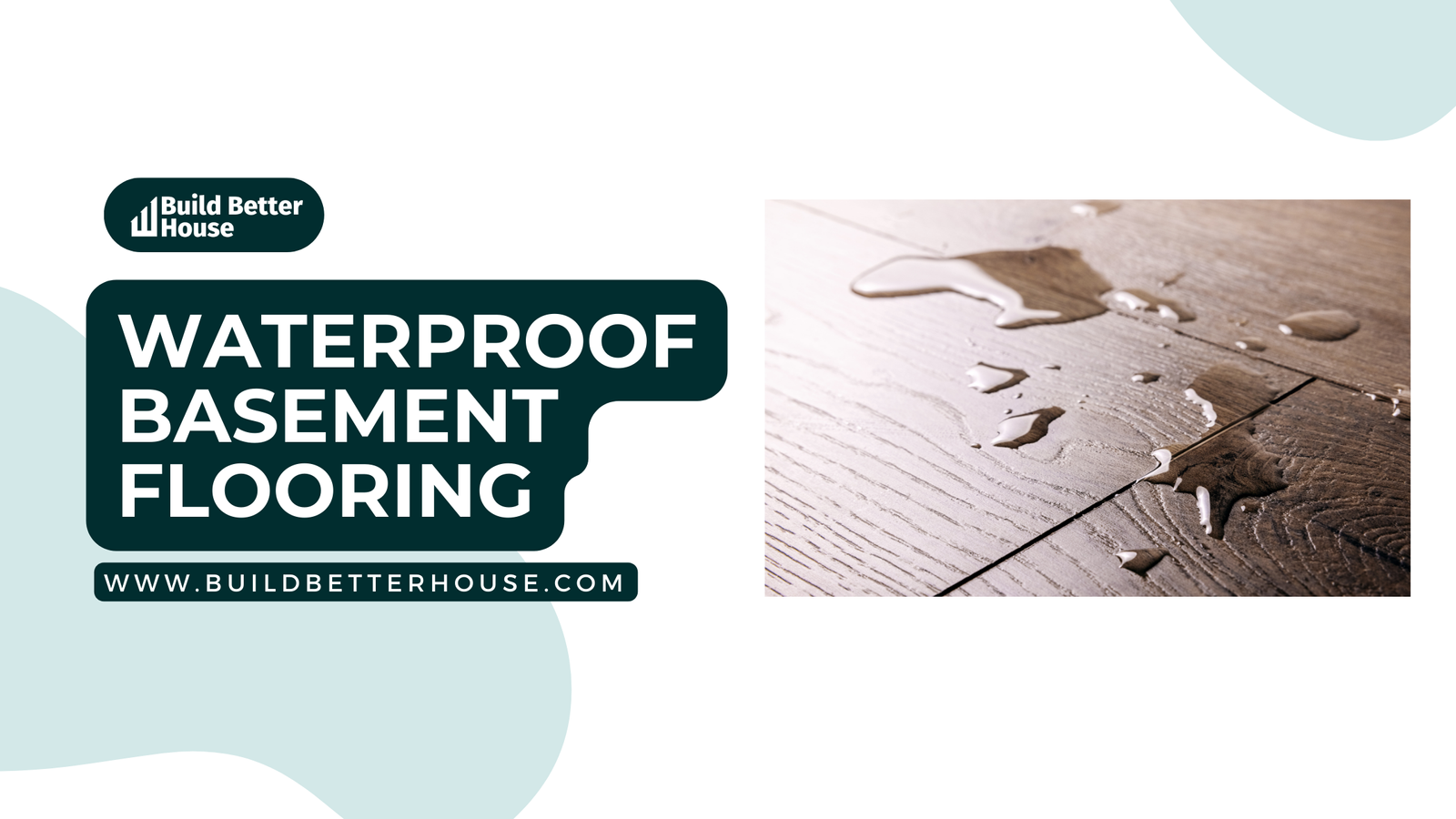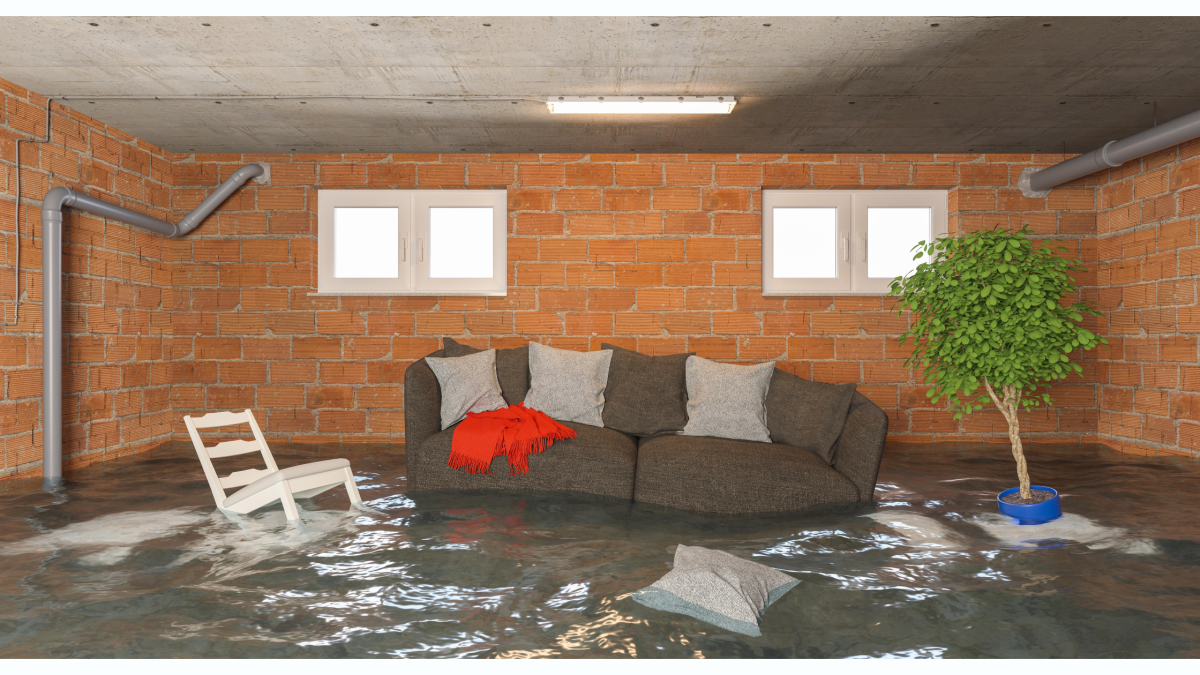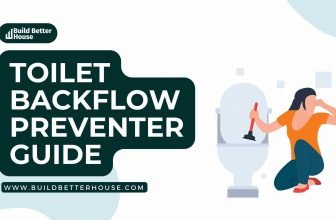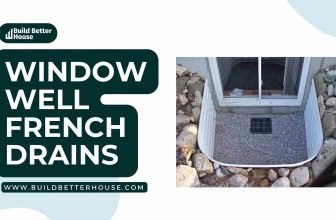Water in Basement: Effective Solutions and Prevention Tips

Basements can be a valuable extra living space for homeowners, but dealing with water infiltration can quickly become a nightmare. Water in your basement can lead to several issues, including structural damage, mold growth, and an unhealthy living environment. Understanding the causes of water infiltration and the immediate actions to take is essential in addressing this common problem and protecting your home investment.

The first step to tackling water in your basement is identifying the source of the water, which could be due to condensation, groundwater, or improper grading or downspout placement. Once you’ve identified the cause, you can take the right steps to address the problem, such as waterproofing your walls or installing a sump pump. Additionally, understanding your insurance policies can help you determine your coverage in case of extensive water damage.
Key Takeaways
- Identifying the cause of water in your basement is critical for taking the right corrective steps.
- Addressing water damage as soon as possible can prevent further structural and health issues.
- Familiarizing yourself with your insurance policies will help navigate coverage for potential water damage claims.
Causes of Water in Basement
Sump Pump Failure
One common cause of water in your basement is sump pump failure. Sump pumps are responsible for removing excess water from your basement and pumping it away from your home. However, several issues can lead to their failure, including:
- Power outages
- Improper installation
- Lack of maintenance
- Overwhelmed capacity due to excessive water inflow
To prevent sump pump failure, you should routinely inspect and maintain your sump pump system, ensuring it is functioning correctly and efficiently.
Severe Weather Conditions
Severe weather events, such as heavy rainfall or snowmelt, can lead to water infiltration in your basement. These conditions can cause:
- Over saturation of the soil around your home, resulting in hydrostatic pressure that may crack your foundation.
- Clogging or overflowing of gutters and downspouts, allowing water to accumulate around your foundation.
- Leakage through roof or windows, which can eventually find its way to your basement.
To protect your basement from severe weather, ensure that your gutters and downspouts are clean and functioning properly, directing water away from your home’s foundation. Additionally, make sure your roof is in good condition and able to handle the elements.
Sewer Backup
A sewer backup occurs when sewer water reverses its flow, entering your home through drains and pipes. Some common causes of sewer backups include:
- Blockages in your home’s sewer line or the main sewer system
- Excess stormwater inundating the city sewer system
- Combined sewer systems that cannot handle the volume of wastewater and stormwater during heavy rains
To reduce the risk of sewer backups, routinely inspect and maintain your home’s sewer lines, removing any potential blockages. Additionally, installing a backwater valve can prevent sewage from backing up into your basement.
Immediate Actions to Take
Turn Off Electricity
Before taking any other actions, make sure to turn off the electricity in your basement. This helps prevent electrical shock and further damage to your electrical devices. Remember, safety comes first.
Assess the Situation
Next, evaluate the situation in your basement. Determine the source of the standing water, whether it’s due to foundation cracks, plumbing leaks, or heavy rainfall. Identifying the source will help you address the problem more effectively and avoid potential hazards.
Begin Water Removal
Once you’ve determined the cause, it’s time to start removing the water. If there’s a lot of standing water, you can use a submersible pump to extract it, pumping out no more than one foot at a time and waiting 24 hours between pumping sessions. If the water level stabilizes or continues to drop, you can increase the pumping rate. Be cautious if you observe any foundation damage caused by the flood; stop pumping immediately in such a case.
After most of the water has been removed, use towels, cloths, and sponges to soak up the remaining water. To thoroughly dry out your basement, open any windows (weather permitting), and set up fans to improve air circulation. You might also consider using a dehumidifier to pull moisture from the air.
During the cleanup process, be vigilant about potential mold growth, which can cause health issues and further damage to your property. Remove any affected materials and ensure your basement is properly dried and ventilated.
Remember, the key to efficiently addressing a flooded basement is to act promptly and take the necessary safety precautions.
Dealing with Water Damage
Cleaning and Disinfecting
Once you remove the standing water, clean and disinfect every surface to prevent mold and mildew. This process involves:
- Removing debris: Collect and dispose of any debris and damaged materials, such as insulation or drywall, to prevent further contamination.
- Cleaning: Use a mixture of water and mild detergent to clean all affected surfaces gently.
- Disinfecting: Apply a disinfectant solution (e.g., bleach mixed in water) to surfaces to kill harmful bacteria and other contaminants.
Make sure to wear gloves, masks, and other protective gear during the cleaning process to protect yourself from harmful contaminants.
Structural and Property Damage
Assessing structural and property damage after water infiltration is vital for your home’s safety.
- Inspect: Closely examine walls, floors, and other structural components for any signs of damage, such as cracks, buckling, or warping.
- Salvage belongings: Carefully sort and assess your belongings for potential water damage. Save any valuable items, such as important documents, clothing, and electronics.
- Professionals: If you suspect structural damage, hire a professional to evaluate the affected area and determine necessary repairs. Do not attempt to fix significant structural problems on your own.
Dealing with Mold and Mildew
One of the consequences of water damage is mold and mildew growth, which can pose health risks. To deal with this problem:
- Drying: Ensure complete drying of the affected area using fans, dehumidifiers, or opening windows.
- Removing Mold: If you find small mold patches, use a mixture of water and detergent to clean the area. For more extensive mold growth, consider hiring a professional mold remediation service.
- Prevention: To prevent future mold growth, use a dehumidifier or install proper ventilation in your basement to regulate humidity levels.
Remember to address water damage promptly to prevent long-term issues in your basement. By following these steps, you can ensure a clean and safe environment in your home.
Understanding Insurance Policies
Types of Coverage
When it comes to water damage in your basement, understanding the types of coverage provided by your homeowners insurance is crucial. Insurance policies typically cover water damage resulting from sudden and accidental events like burst pipes or malfunctioning appliances. However, it’s important to note that coverage for basement flooding due to external factors like heavy rains or natural floods is usually not included in standard policies. For such events, you’ll need to consider additional coverage, like a separate flood insurance policy.
Filing a Claim
If your basement experiences water damage, you should promptly contact your insurance company to begin the claims process. Document the damage by taking photos and making detailed notes of affected items in the basement. Take steps to mitigate further damage, like shutting off water sources and removing excess water. Be sure to keep records of any expenses related to the damage, as this will be helpful when filing a claim.
When reporting the claim, provide accurate information about the incident and damaged items. Cooperate with your insurance company throughout the process and be prepared to provide any additional documentation they may request. Keep in mind that insurance companies have time limits for filing claims, so it’s essential to act promptly.
Working with Inspectors
After filing a claim, your insurance company may send an inspector or adjuster to assess the extent of the damage and determine the cause. During the inspection, the adjuster will examine your basement and gather information about the incident to determine if the damage is covered under your policy.
Be prepared to answer questions about the nature of the event, any maintenance issues that may have contributed to the damage, and the condition of your home before the incident. Keep your documentation on hand, including photographs and receipts, to support your claim.
While working with inspectors, it’s essential to maintain a neutral and cooperative attitude. Remember, their primary purpose is to determine the extent of the damage and whether it’s a covered loss. By being open and informative, you can help facilitate the claims process and ensure you get the coverage you’re entitled to.
Preventing Future Flooding
Proper Drainage Systems
To prevent future flooding in your basement, start by installing a proper drainage system. Make sure your gutters and downspouts are clear of debris and directed away from your home’s foundation. Consider adding extensions or splash blocks to help direct water at least six feet away from your home. Additionally, check that the grading around your home is sloping away from the foundation to ensure rainwater flows in the right direction.
Installing a Backup Sump Pump
Having a sump pump is essential for keeping water out of your basement. However, a primary sump pump may not be enough protection if the power goes out during a storm. Installing a backup sump pump, preferably one with a battery-powered system, can add an extra layer of protection and ensure that your basement stays dry even during power outages. Consult with a plumber to determine the best backup system for your needs.
Regular Maintenance and Inspections
Consistent maintenance and inspections are vital to preventing water in your basement. Regularly check for any cracks in your foundation and other entry points, such as windows or basement drains. Seal any cracks properly to prevent water from seeping in. Clean your gutters and downspouts frequently to avoid clogs, and be sure that your sump pump is in good working condition. Schedule routine inspections by a professional plumber to address any potential issues early on before they escalate.
By taking these preventative measures, you can minimize the chances of flooding in your basement. Proper drainage, a backup sump pump, and regular maintenance will help protect your home and keep your basement dry for years to come.
Frequently Asked Questions
How much water is harmful in a basement?
Even a small amount of water in your basement can cause damage to your belongings and the structural integrity of your home. It can also lead to mold and mildew growth, affecting your indoor air quality. It is essential to address any signs of water in your basement as soon as possible.
What are the best methods to fix water seepage through the basement floor?
To fix water seepage through the basement floor, start by identifying the root cause. Common solutions include sealing cracks with hydraulic cement or epoxy, installing a sump pump, and using interior or exterior drainage systems. A professional can help you determine the most effective solution based on your specific situation.
How can I identify the source of water entering my basement?
You can identify the source of water entering your basement by conducting a thorough inspection. Check for cracks, gaps, or signs of moisture on walls, floors, and around windows and doors. Also, consider the grading of the land surrounding your home, as improper grading can direct water towards your basement.
What are the essential steps for basement waterproofing?
The essential steps for basement waterproofing include:
1. Inspect for water entry points and damage.
2. Repair any cracks or gaps with appropriate sealants.
3. Install a sump pump or other drainage systems as needed.
4. Improve exterior grading to direct water away from your home.
5. Ensure gutters and downspouts are functioning correctly and directing water away from your foundation.
How can I prevent water seepage through basement walls?
To prevent water seepage through basement walls, consider applying a waterproof sealant or membrane to the interior or exterior walls. Additionally, ensure adequate drainage by installing a sump pump or a French drain, and maintain your gutter system to prevent water buildup along the foundation.
What measures should be taken if water is seeping up from the ground?
If water is seeping up from the ground, address the issue by:
1. Installing a sump pump to collect and pump water away from your home.
2. Implementing a French drain system to redirect water from your basement.
3. Applying a waterproofing membrane to the basement floor to help create a barrier against water penetration.
4. Checking and adjusting your landscaping to ensure proper grading and prevent standing water near your foundation.






